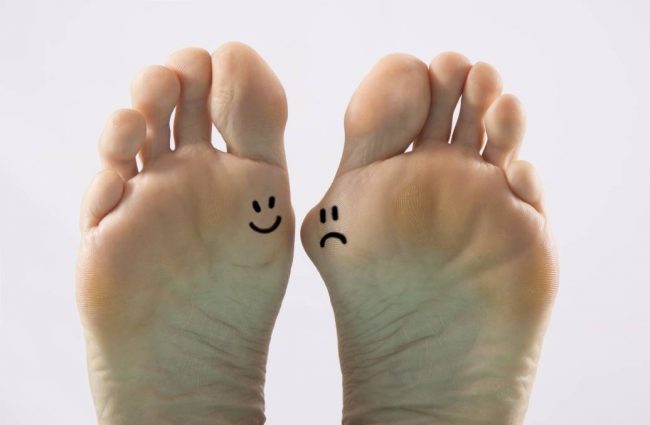Bunion Surgery: is ‘Keyhole’ or ‘Open’ the better option?
Published on
01 Nov 2019

Call us on: (03) 9975 4133
Breakthroughs and medical advances have given rise to a wide variety of debates around treatment. When it comes to bunion surgery and alleviating the pain associated with uncomfortable bony bumps, what’s the best approach?
In recent years, there has been an increased utilisation of keyhole surgery among foot and ankle surgeons, and it is now the default technique for many procedures.
The Pure Physio team ensure to keep up to date with the evidence and advances surrounding these surgical procedures, and the best approaches for post-operative rehabilitation. To summarise:
A background to bunions
Keyhole surgery has proven an effective approach to bunion treatment, as long as the initial deformity isn’t too severe. A bunion is the common name for a foot deformity that occurs at the big toe joint. It can cause significant pain when walking, or wearing high heels for women. The pain caused is because the big toe becomes angled inward towards the second toe, which causes stiffness and abnormal movement through the big toe joint.
The most common underlying cause of a bunion is ‘flat feet’. In simple terms, this means the normal arch of the foot is flattened. A flat foot alters the way in which the big toe is able to flex as we raise up onto our toes. Over time, this causes the big toe to be pushed in an inward direction towards the second toe.
Due to the gradual changes in the position of the relevant bones, bunions can be treated without surgery if they’re caught early.
When bunions are caught in the initial stages, physiotherapists and podiatrists can treat and alleviate the issue through a combination of specially-fitted orthotics and specific foot-strengthening exercises.
However, if left unchecked into later stages, bunions lead to long term changes in the structure of the foot which require corrective surgery.
Key benefits of keyhole surgery.
When compared with traditional, ‘open’ procedures, there are three main benefits of the keyhole approach. They are:
— The surgical wounds are much smaller, therefore decreasing the risk of infection and speeding up healing times.
— There is decreased post-operative stiffness in the foot which enables a patient to start mobilising more quickly. That means you’re ‘back on your feet’ in a shorter time frame.
— Weight bearing can commence earlier with less risk of wound infection, due to the lower-grade of swelling .
While all of these benefits are fantastic for patients, there is a downside. Due to the intricate nature of such surgery, keyhole operations causes more swelling to occur post-operatively than in an open surgical approach. This means lots of post-op management for swelling and inflammation.
The importance of rehabilitation.
As with any surgery, the procedure itself is only the starting point of a much greater journey back to full motion. The research conducted in this area strongly advocates for a solid, structured rehabilitation program be put in place for the period following the operation.
Where bunions are concerned, rehabilitation programs play an essential role in regaining normal walking patterns. They’re most effective when tailored to specific patients based on their further physical goals
The team at Pure Physio is well versed in the assessment, advice and treatment of bunions. We also have close collaborative relationships with CBD-based foot and ankle surgeons. The Melbourne Orthopaedic Group itself only a stone’s throw from our two clinics. We also have our own in-house Podiatrists, Ben Westaway, Jasmine Jones and Jess Steinberg to provide a complete and well-rounded team approach to your treatment.
If you’re experiencing bunions or any other kind of foot pain, or you’d like to know more about the implications of keyhole and open approaches to foot surgery, get in touch today!


